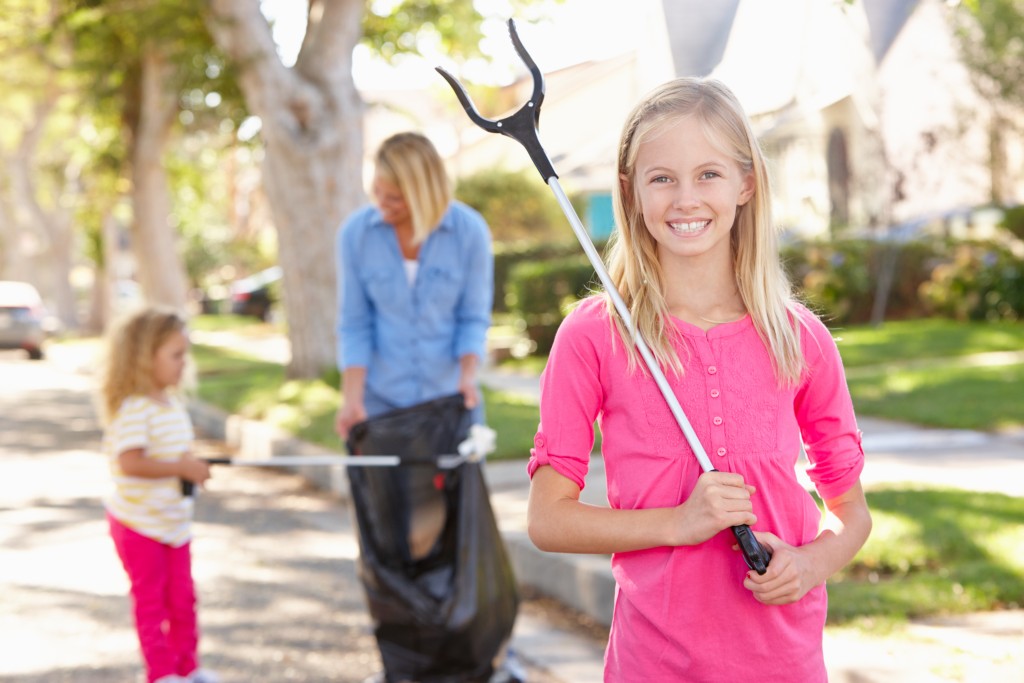Staying home became the norm for many Americans when the pandemic started over a year ago. This came after the shelter-in-place directives were issued to prevent the spread of the virus. But homeowners may not be aware of some risks they are taking if they stay at home for extended periods.
If you are a homeowner, you should also be aware of these hidden dangers and work to deal with them as soon as you can. Your children as especially at risk of these health hazards that are invisible yet deadly. Here are the health hazards you should know about and how you can deal with them.
Hidden Health Hazards
Staying at home can protect us from the virus that caused the pandemic that affected nearly 180 million people worldwide. But the home has hidden dangers that can make people sick. These dangers include pests, molds, lead-based paint, carbon monoxide, radon, and pesticides. You can find these hazards in many parts of the house, including the living room, family room, bedroom, kitchen, and bathroom.
Dealing with the different health hazards at home is to keep it clean. Here are the different ways you can keep the home clean to safeguard the health of the family.
Dust the Home
While it is challenging to remove all the dust in the home, you should get rid of dust as much as possible. Research has shown that chemicals that come from different products can mix with indoor dust, which can affect the health of its residents. This effect is particularly risky among the vulnerable residents, such as the children, when they are continuously exposed to them.
So, you should make sure to thoroughly clean the heating and air-conditioning filters regularly. You should also make sure to clean vents and ducts to prevent pollen from entering the home. Controlling the dust inside the home is particularly important if any member of the household has asthma or allergies. They are quite susceptible to getting sick due to the dust particles inside the house.

Clean the Bed
Even though you prefer to crash into your bed after working the whole day. Many people spend a good amount of their day on personal care, which also includes sleeping. This means your bed is an important part of the home. Due to this, you should make sure the bed is clean and comfortable.
A University of Manchester study has shown that the bed is among the main sources of allergens. Dust mites and fungi often stay on used mattresses and pillows. Some used pillows can contain several types of fungi, including one that is particularly hazardous to people who have immunodeficiencies.
This makes it essential to ensure the bed is clean. The concentration of mites and fungi can go down if you reduce the humidity level inside the bedroom. So, you should allow fresh air to go into the bedroom to reduce or remove these hazards to your health.
Clean Bathrooms and Damp Areas
Molds grow in damp areas in the house. They can affect the health of people who are sensitive to fungi. Due to this, the house needs to go through environmental mold testing to check for the presence of the fungus in the house. This will reduce the effect of the fungi on the residents, especially the children.
To ensure the level of molds in the home goes down, you should clean the bathroom and damp areas in the house using a non-toxic cleaning product. You should also make sure to fix any leaky pipes, roofs, and windows to reduce the chances of the fungi from growing and thriving inside the house. Controlling the humidity levels and ventilating the bathroom and cooking areas can also help.
Using the Safe Indoor Plants
An indoor garden offers a lot of health benefits to the residents of a home. It can reduce stress, sharpen attention, and boost productivity. The presence of plants even has a therapeutic effect on people. Despite these benefits, you should make sure to choose the type of plants to bring inside the house.
For instance, oleander may be nice to look at, but it is very poisonous. So, you shouldn’t bring one inside the house. You may even reconsider planting it in your outdoor garden due to its toxicity, which can pose a danger to you and your family. Instead, you can bring inside the home a spider plant, Christmas cactus, baby rubber tree, or a mini orchid.
Keeping the home healthy and safe for the family is important, especially with many of us still staying at home for work until everything goes back to normal.
